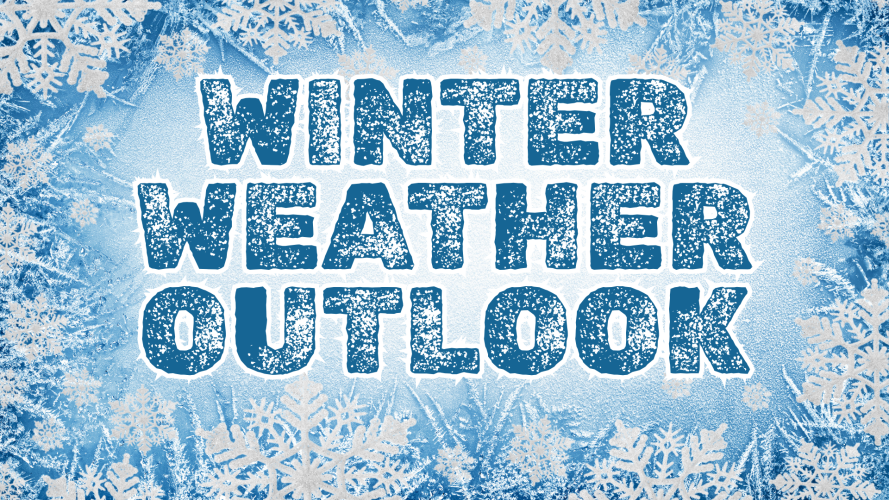BUFFALO, N.Y. (WKBW) — The days continue to get shorter, the nights continue to grow longer, and the temperatures continue to decline. Let's face it: winter is coming!
Naturally, we will inevitably do some shoveling and some shivering. The question that many of you are asking, though, is just HOW MUCH shoveling and shivering might we be doing?
The 7 Weather Team looked at a number of factors to make this seasonal prognostication. Some of the "tea leaves" that we read may very well be familiar to you, while others you may not be familiar with at all.
Let's take a deep dive into the meteorological factors that went into our thinking as to what this winter will bring to Western New York.
Let's start with some of the larger-scale forces that will impact us closer to home. La Niña is one of those forces. This force has its roots in cooler-than-normal seawater in the Pacific near the Equator.

A La Niña tends to shift the polar jet stream northward through the Great Lakes, creating an active storm track with frequent clippers and lake effect snow events, especially early in the season.
This year, we believe that the La Niña will be weak, which would tend to allow for colder air early in the winter season. It might be best to find the winter weather gear sooner rather than later.
BUT...unlike a strong La Niña, a weak La Niña may not sustain prolonged cold periods, which would impact snowfall totals slightly. This would also impact lake ice coverage, which could stay below normal if the cold is not consistent.
Another global scale factor that we examined is the North Atlantic Oscillation (NAO), which is projected to be in a negative phase this winter.
The North Atlantic Oscillation is an index that measures the difference in atmospheric pressure between a semi-permanent area of High pressure over the Atlantic and a semi-permanent Low pressure over Iceland.
When the NAO is in a negative phase, the jet stream is weakened and tends to slip further south, which would allow for MORE outbreaks of Arctic air making their way across the Great Lakes.

Finally, we looked at an indicator that might seem a bit obscure, but has proven helpful in determining just how potent the winter may be in the Great Lakes and the Northeast.

Believe it or not, snow cover in Siberia in the months leading up to winter can be a sign of just how snowy and cold it will be here in Western New York.
When early autumn snow accumulates over Siberia or eastern Eurasia, that snow reflects a large portion of incoming solar radiation. This tends to cool the surface and the lower atmosphere in that region.
That cold pool over Eurasia can help set up anomalies in the upper atmosphere (including the stratosphere) and can influence the strength or configuration of the polar vortex.
Some research suggests that a strong early snow cover in Siberia correlates with higher odds of a disrupted polar vortex, which allows Arctic air masses to more easily plunge into mid-latitudes.
Early heavy snow in Siberia is one factor that forecasters use in seasonal guidance for these patterns. A big Siberian snow cover does not guarantee a major winter in Western New York. It only increases the odds of certain circulation patterns.
So, with all of this in mind, we believe that this winter in Western New York will get "mixed reviews," with signals pointing to above-average snowfall, but also temperatures that will be close to or just above average.

From La Niña to snow cover thousands of miles away in Siberia, seasonal forecasting involves many overlapping factors. Reading the tea leaves is a challenge, but it's what we have as tools as meteorologists to figure out what's waiting in the wings!




